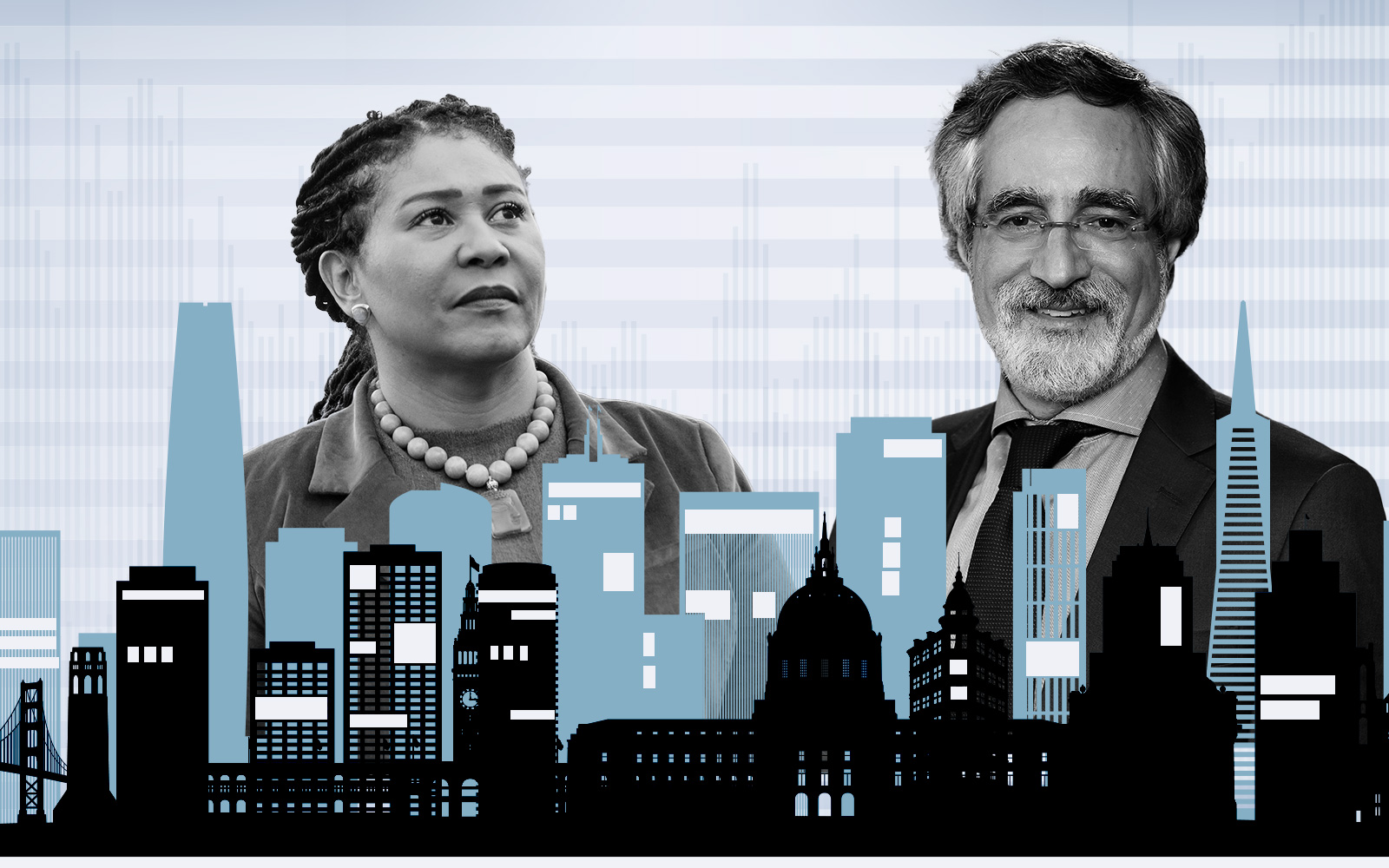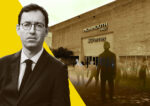
More than 10K residences could replace SF’s empty office towers
Office vacancy in San Francisco climbs to 30%
CBRE reports that available space, including offices not yet vacated, stands at 35%

The beleaguered office market in San Francisco has grown worse, with nearly one out of three offices sitting empty.
The office vacancy rate in the city spiked to 29.5 percent in the first quarter, up nearly 2 percent since the end of last year and nearly 10 percent from a year ago, the San Francisco Business Times reported, citing data from the brokerage CBRE.
Available space, including offices not yet vacated, rose to nearly 35 percent.
The city’s empty offices now span 26.6 million square feet, or eight times the vacant offices in early 2019 before the pandemic. The city’s vacancy rate then stood at less than 5 percent.
There are now enough empty offices in what’s been dubbed “the most empty downtown in America” to fill 18 Salesforce Towers, according to the Business Journal.
Some 9.8 million square feet of offices are on the market for sublease. About 900,000 square feet of new sublease space was listed during the first quarter, as Pinterest, Meta and Slack shed square footage.
It’s a reckoning for the San Francisco office market, now facing expiring leases from good credit tenants looking to downsize during the era of remote work.
Negative absorption — meaning more space was vacated by tenants than was leased or absorbed — was 1.8 million square feet in the first three months of the year, according to CBRE.
More sublease inventory reverses a trend during previous quarters when sublease options lessened slightly, Colin Yasukochi, director of CBRE’s Tech Insights Center in San Francisco, told the Business Times.
“We hit around 10 million square feet early in 2021, and then we saw a lot of leasing activity directed at sublease availabilities,” said Yasukochi.
Economic turmoil during the latter half of last year, combined with a continuing string of tech layoffs, led to a second wave of subleases to hit the market that’s nearly as high as in 2021.
“That was certainly not within our expectations in terms of what was going to happen,” Yasukochi said.
The amount of available space — including offices not yet physically vacant — rose during the first quarter to 34.9 percent and will likely translate into more vacant offices next quarter.
Market observers say many companies that took a “wait and see” approach to the market after the pandemic are now making firm decisions about their future office needs.
“They didn’t want to put their space on the market for sublease as they didn’t know their strategy as it relates to working from home, hybrid or back to office,” said tenant broker Tony Zucker, executive vice president at Dunhill Partners West. “By now, it is safe to say the majority of office tenants have made this decision and we will continue to see more space hit the market as they downsize or completely go (work from home).”
Subleases have helped building owners throughout the pandemic, since they were able to collect rent on unused offices. But as leases expire, those sublease spaces are turning into direct liabilities for landlords.
As vacancy increases and demand diminishes, building values also decline.
As loans come due, building owners in San Francisco are increasingly struggling to make payments — and some have already confronted foreclosure, according to the newspaper. The only thing holding steady are rents.
Overall rents averaged $75.25 per square foot in the first quarter, which is where rents stood a year ago after increasing slightly to $75.86 per square foot at the end of last year, according to CBRE.
For Class A office properties — the newest buildings in desirable locations — average rents were $81.06 per square foot in the first quarter, a slight dip from $81.67 per square foot in late 2022.
— Dana Bartholomew
Read more

SF’s Breed and Peskin launch plan to ease office-housing conversions





